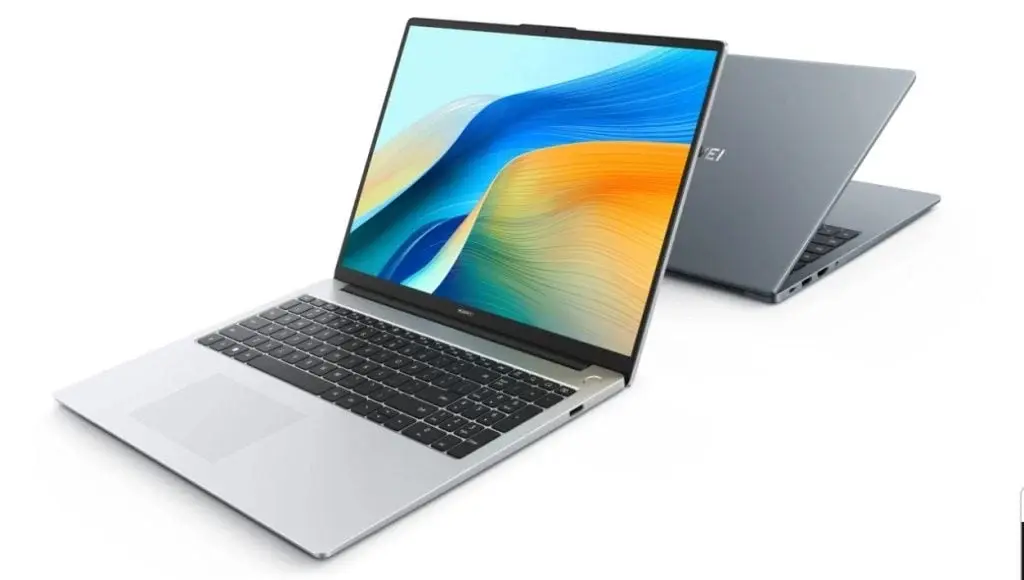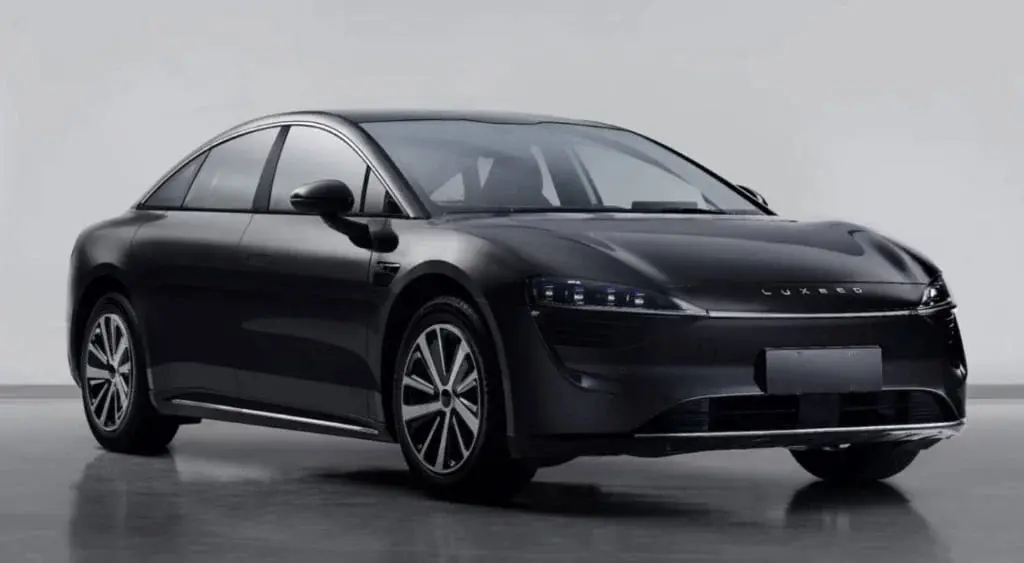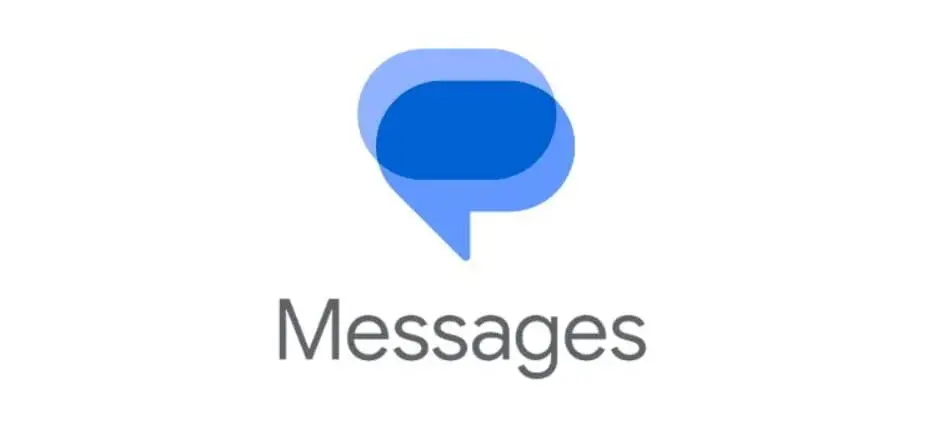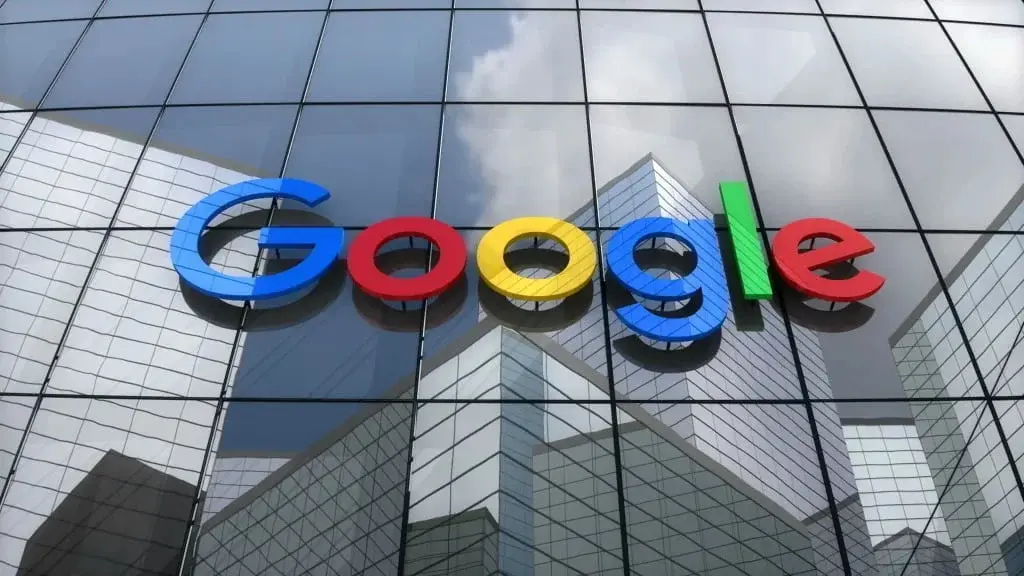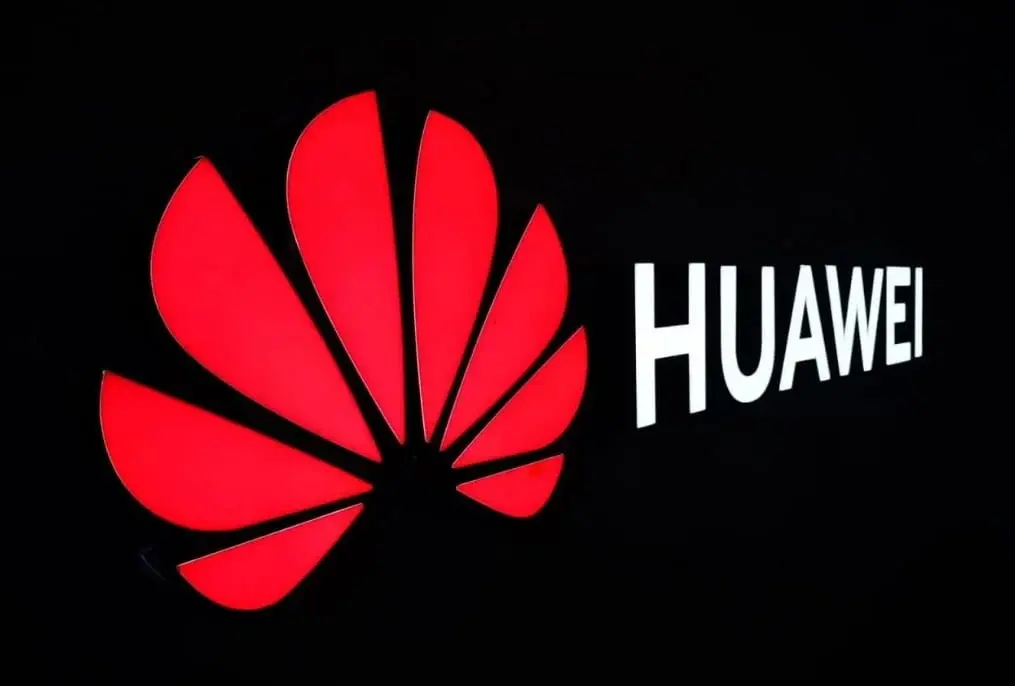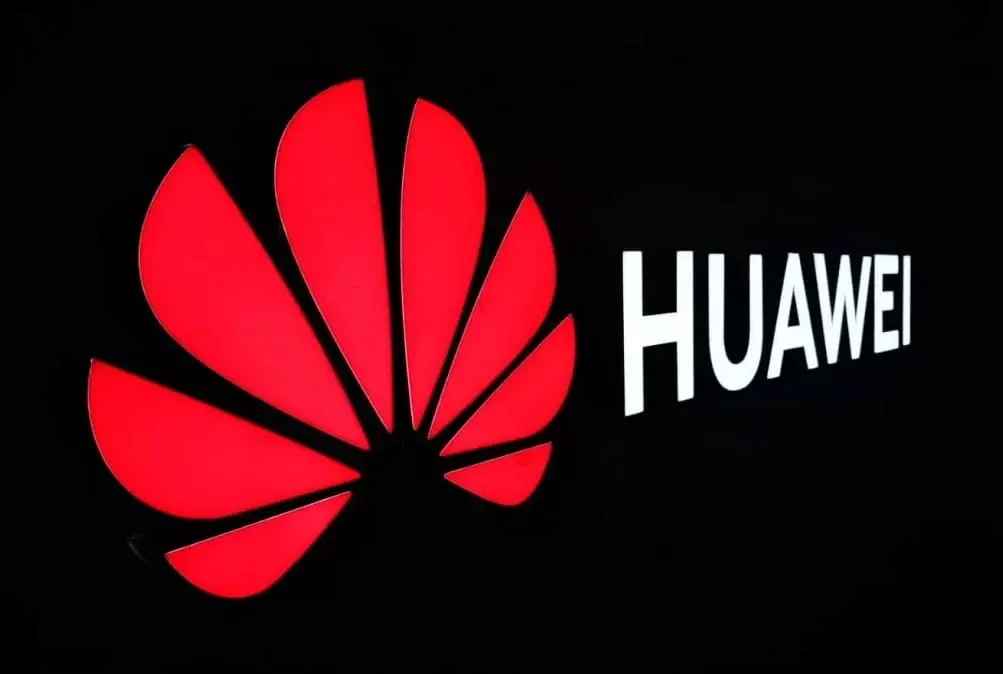Huawei MateBook D16 (2024): Upgraded Features and Specifications
The Huawei MateBook D16 (2024) laptop has been launched alongside the Huawei MatePad Pro 11 (2024). Compared to its predecessor, the 2023 edition, the latest model comes with incremental upgrades and improved internals. Let’s take a closer look at what the Huawei MateBook D16 (2024) has to offer.
Display and Design
The Huawei MateBook D16 (2024) features a large 16-inch IPS display with a resolution of 1,920 x 1,200 pixels and a peak brightness of 300 nits. With narrow bezels, the laptop offers a 90 percent screen-to-body ratio, providing users with an immersive viewing experience. It is designed to be lightweight, weighing just 1.68kg, and has passed durability tests to ensure its longevity. The laptop also includes a dedicated numeric keypad and a fingerprint scanner integrated into the power button. Additionally, it boasts a metamaterial antenna that enhances download speeds and extends the connection range up to 270 meters.
Performance and Storage
Under the hood, the Huawei MateBook D16 (2024) is powered by the 13th generation Intel Core processors, with options ranging up to Core i9. While the Core i5 variant comes with Intel UHD graphics, the Core i7 and i9 options feature Intel Iris Xe GPU. The laptop is equipped with 16GB of RAM and 1TB of SSD storage, ensuring smooth multitasking and ample storage capacity. It is fueled by a 70Wh battery cell, providing sufficient power for extended usage.
Enhanced Features
The Huawei MateBook D16 (2024) is equipped with a 1080p webcam, dual speakers, and microphones, allowing users to have high-quality video calls and audio experiences. The laptop also includes a five-point touchpad for convenient navigation and control.
Pricing and Availability
The Huawei MateBook D16 (2024) is available in three configurations, with different processor options and storage capacities. The base model, featuring a Core i5 processor, 16GB of RAM, and 1TB of storage, is priced at CNY 4,999 ($704). The Core i7 and i9 variants, both with 16GB of RAM and 1TB of storage, are priced at CNY 5,999 ($845) and CNY 6,499 (~$915) respectively. The laptop is offered in two color options, bright moon silver and deep space grey.
In conclusion, the Huawei MateBook D16 (2024) offers notable upgrades compared to its predecessor. With its large display, lightweight design, powerful performance, and enhanced features, it is a compelling option for those in need of a reliable and efficient laptop.

